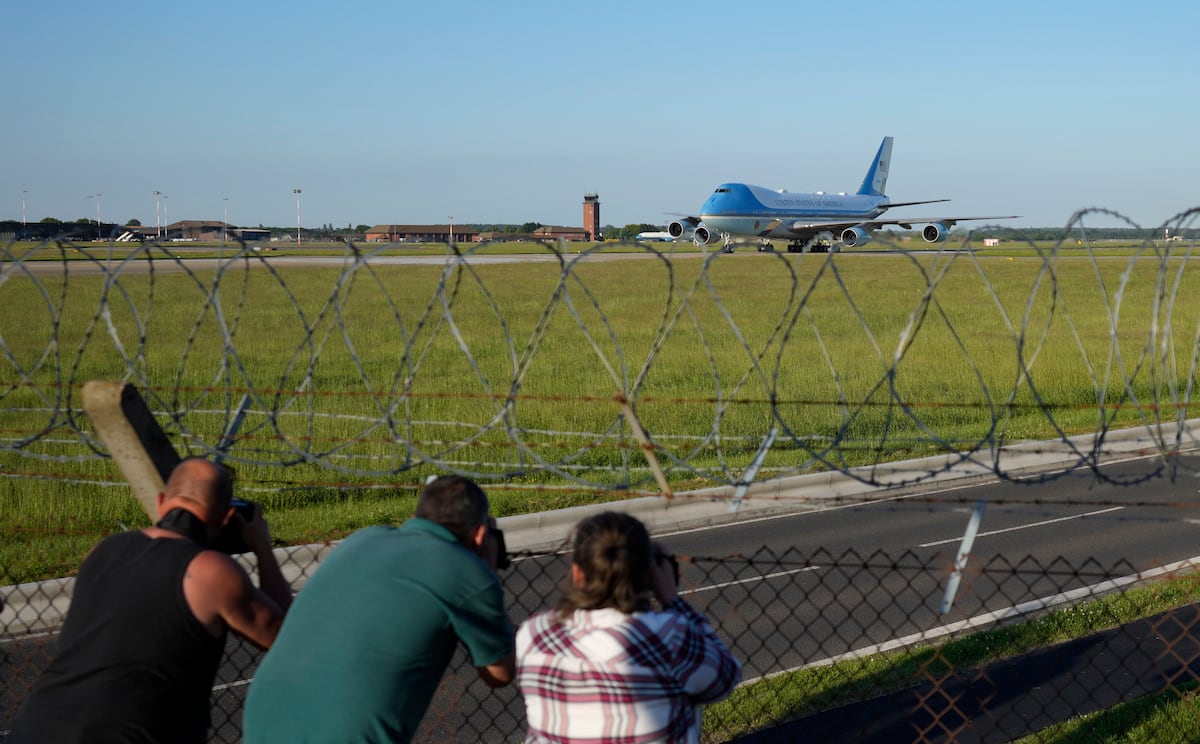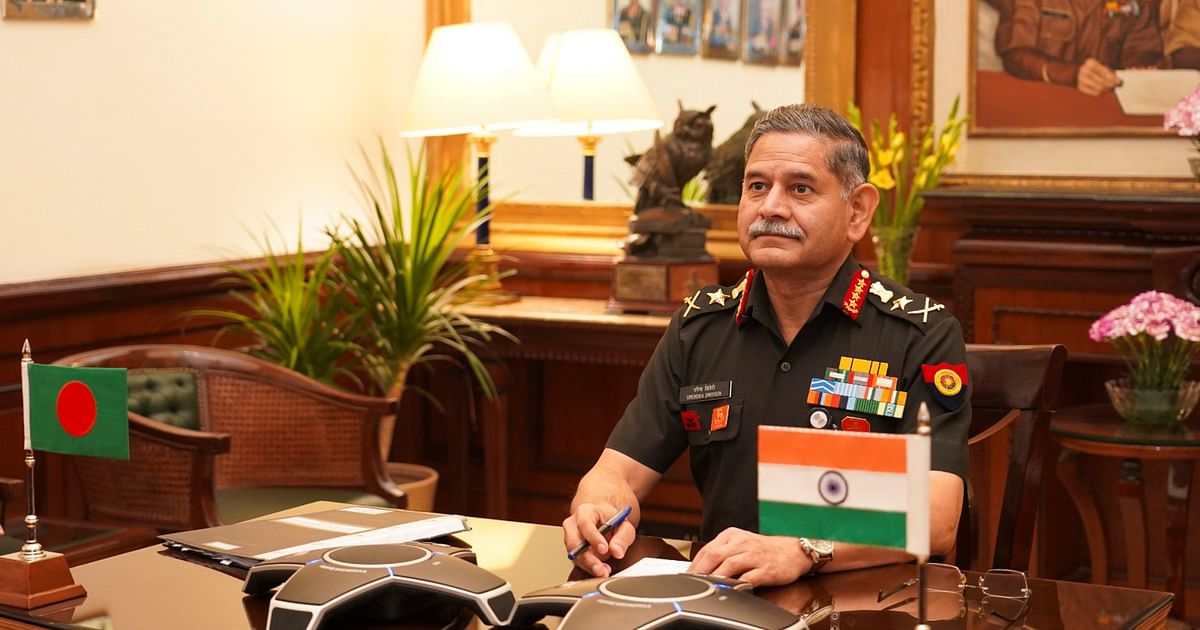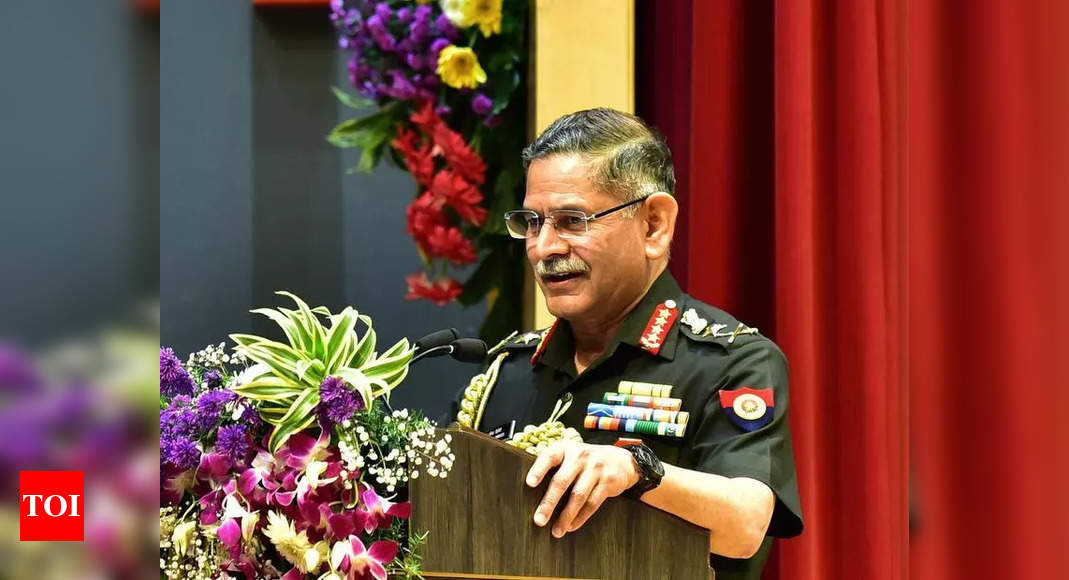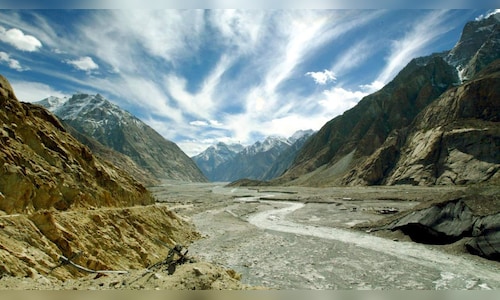U.S. Air Force Reports Drone Sightings Over English Military Bases, Criminal Investigation Launched
A criminal investigation has been initiated following reports from the U.S. Air Force regarding drone sightings over English military bases.…
Army a Melting Pot: Kukis and Meiteis Serve in Harmony, Says General Upendra Dwivedi
In a recent address, General Upendra Dwivedi, the Chief of Army Staff of the Indian Army, emphasized the service's commitment…
Indian Army Plans to Open Battlefields for Border Tourism, Says COAS General Dwivedi
Pune: In a significant address at the annual Gen B C Joshi memorial lecture held at Savitribai Phule Pune University,…
Indian Army to Open Remote Battlefields like Siachen and Kargil to Tourists, Shifts Focus from Terrorism to Tourism
The Indian Army has unveiled an initiative that will allow tourists to explore some of the country's most remote and…
Indian Army Ensures Voter Participation in Maharashtra Assembly Elections Through Extensive Airlift Operations
In an extensive operation aimed at facilitating the participation of voters in the recent Maharashtra Assembly elections, the Indian Army,…
Indian Army Facilitates Successful Maharashtra Assembly Elections in Remote Areas
The Indian Army has made significant strides in facilitating the participation of voters in the Maharashtra Assembly elections. In a…






